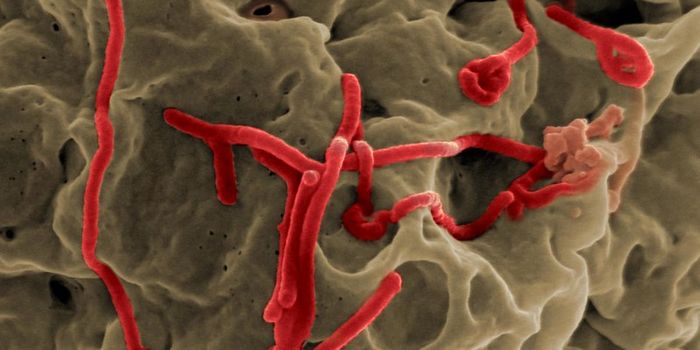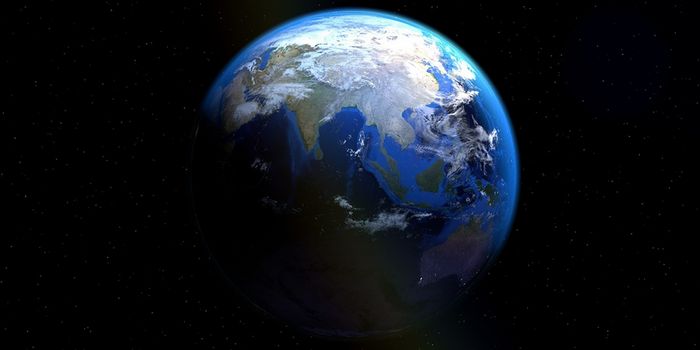How will the continents come back together again?
New research presented at the annual meeting of the American Geophysical Union highlights the future of our continents – a future which suggests renewed unity, quite literally. Just as our continents were once all connected in the supercontinent known as Pangea (which separated roughly 200 million years ago), scientists predict that in approximately 200-250 million years from now, the continents will once again come together. But what will that look like? In this article, you can find out not only interesting facts, but also how to get help with your assignment if you've wondered "who can write my paper" more than once. Nevertheless, let's continue with the story of research.

While scientists aren’t entirely certain, there are some thoughts that a supercontinent could form around the north pole, encompassing all of the continents salve Antarctica. An alternative could look like a supercontinent composed of all the continents that meet near the equator. As to what these it would be like to live on these supercontinents, there’s still a lot up for imagination. But that’s what researchers led by Michael Way at the NASA Goddard Institute for Space Studies are contemplating.
Way and his research team have used the forward evolution of plate tectonics, solar luminosity, and rotation rate to model what the climate would look like on the two potential supercontinents named respectively “Amasia” and “Aurica”. In the case of Amasia, with the continents surrounding the north pole except for Antarctica, the supercontinent would experience much colder temperatures with ice cover throughout the year. Sea level would also likely be lower due to the more water being contained in ice caps.
With Amasia, "you get a lot more snowfall," says Way. "You get ice sheets, and you get this very effective ice-albedo feedback, which tends to lower the temperature of the planet." This is because the absence of land in the oceans disturbs the ocean currents that are responsible for moving heat from the equator to the poles.
In the scenario with the Aurica supercontinent, on the other hand, there would be the opposite effect. More landmass around the equator would absorb more heat and spur higher temperatures, in part also because of the absence of polar ice caps. With Aurica, the planet could end up being 3 degrees Celsius hotter.
“The climate differences between these two scenarios are dramatic, with differences in mean surface temperatures approaching several degrees,” write the authors. Their findings are useful in thinking about not only the future of our own planet but also the existence of life on other planets. They point toward the need to contemplate how landmass arrangements influence the availability of water in certain scenarios, a factor not often considered in the search for other life. “These results demonstrate that using a simple aquaplanet or a modern Earth land/sea mask is not sufficient to explore the possible variance in theoretical modeling of extrasolar planetary atmospheres,” the authors conclude.
Sources: American Geophysical Union, Columbia University Earth Institute, Science Daily








